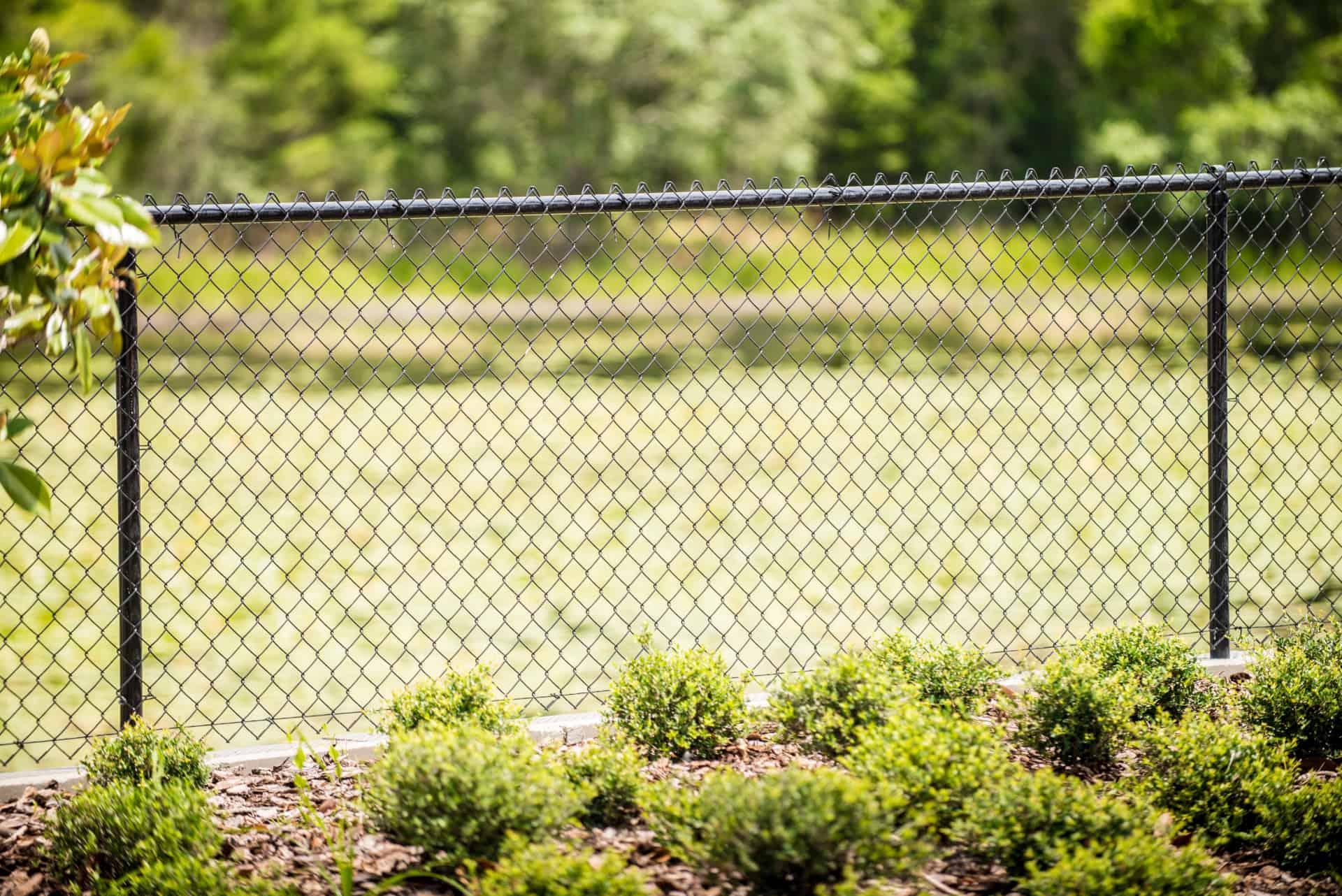Heavy Rope Netting A Versatile Solution for Various Applications
Heavy rope netting has gained significant traction in various industries due to its robustness, versatility, and the unique aesthetic appeal it offers. Often crafted from durable materials such as nylon or polypropylene, heavy rope netting provides not only functional benefits but also a captivating design feature across a range of applications. This article explores the various uses, benefits, and installation methods for heavy rope netting, illustrating why it is an increasingly popular choice for both commercial and residential projects.
The Composition and Characteristics of Heavy Rope Netting
Heavy rope netting is typically made from synthetic fibers, granting it exceptional strength and weather resistance. The gauge and weave of the rope can vary, allowing for different levels of sturdiness and flexibility. Common materials include
1. Nylon Known for its tensile strength and resistance to abrasions, nylon rope netting is often used in marine and industrial applications. 2. Polypropylene This material is lightweight, floats on water, and is resistant to UV rays, making it an excellent choice for outdoor installations. 3. Natural Fibers While less common, hemp or sisal ropes can still be used for decorative applications, offering a rustic charm.
The durability of heavy rope netting ensures it can withstand harsh weather conditions, making it suitable for both indoor and outdoor use.
Applications of Heavy Rope Netting
Heavy rope netting is versatile and can be utilized in various settings
1. Sports and Recreation Often seen in climbing gyms, playgrounds, and obstacle courses, heavy rope netting provides a safe yet challenging environment for physical activities. Its robust nature ensures it can bear significant weight, providing a strong support system for climbers and athletes.
2. Safety Barriers Heavy rope netting is used in construction sites, warehouses, and irregular terrains to act as protective barriers. It helps prevent unauthorized access while also ensuring safety for workers and passersby.
3. Agricultural Uses Farmers utilize heavy rope netting to create sturdy enclosures for livestock or crops. It helps protect animals from predators while also allowing for proper ventilation and sun exposure.
heavy rope netting

4. Interior Design and Landscaping Beyond functional uses, heavy rope netting has become a popular design element in homes and commercial spaces. It can be employed as a decorative partition, a stylish wall feature, or even as part of furniture design, adding a rustic yet modern touch to any space.
5. Aquatic Projects In marine settings, it serves as a mooring line or as part of floating docks. Its resistance to saltwater and UV rays makes it particularly suitable for coastal environments.
Benefits of Heavy Rope Netting
The advantages of using heavy rope netting extend beyond its versatility. Key benefits include
- Durability Heavy rope netting is built to last. Its resistance to rot, mildew, and corrosion ensures longevity even in extreme conditions. - Easy Installation Depending on the intended use, heavy rope netting can be easily customized and installed without requiring specialized tools or skills. - Aesthetic Appeal The natural look of rope adds warmth and texture to any setting, making it an attractive choice for both functional and decorative applications. - Environmental Impact Many heavy rope netting options are made from recycled materials, contributing to sustainability efforts within various industries.
Installation and Maintenance
Installing heavy rope netting can be straightforward, requiring basic tools and a little bit of planning. Here are a few steps to consider
1. Planning the Layout Before installation, assess the area and determine how much netting will be needed. Mark the boundaries to ensure accurate measurements. 2. Selecting Hardware Depending on the application, choose the right anchoring materials, such as posts, anchors, or wall mounts. 3. Installing the Netting Roll out the netting and secure it tightly to the chosen anchors, ensuring there are no loose sections that could cause safety hazards. 4. Regular Maintenance Check for wear and tear periodically, cleaning the netting to prevent dirt build-up and ensuring all anchors remain secure.
Conclusion
Heavy rope netting is an innovative solution that merges functionality with aesthetic appeal, touching on various aspects of life from safety applications to design elements. As industries continue to evolve, the potential applications for heavy rope netting are bound to expand, making it a worthwhile investment for anyone looking to add strength, security, and style to their projects. Whether in sports, agriculture, construction, or home decor, heavy rope netting stands out as a practical choice for a variety of needs.
-
The Best Metal Mesh Solutions: Expanded Aluminum Metal vs. Expanded Stainless Steel Metal
NewsSep.10,2024
-
Round Perforated Sheets vs. Hexagonal Perforated Sheets vs. Embossed Perforated Sheet Metal
NewsSep.10,2024
-
Perforated Metal Sheets
NewsSep.10,2024
-
Experience The Excellence Of Stainless Steel Grating
NewsSep.10,2024
-
Discover the Versatility Of Metal Mesh Expanded Forming Machines
NewsSep.10,2024
-
Discover The Advantages Of Steel Grating For Sale
NewsSep.10,2024
Subscribe now!
Stay up to date with the latest on Fry Steeland industry news.

